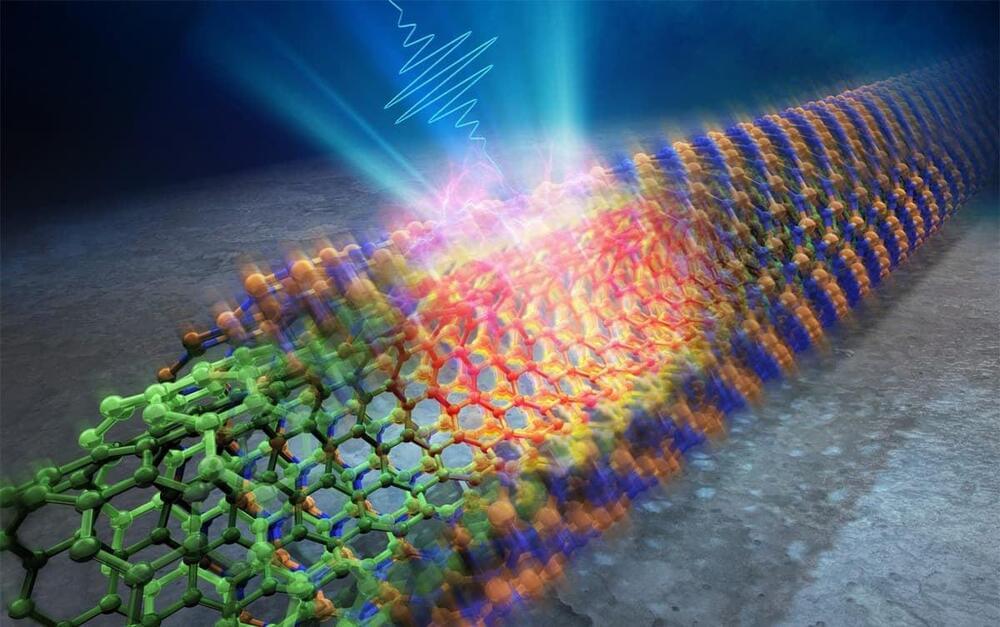Jun 27, 2024
Refractive index for the mechanical refraction of a relativistic particle
Posted by Saúl Morales Rodriguéz in category: particle physics
Abstract We have analytically determined the refractive index for the mechanical refraction of a relativistic particle for its all possible speeds. We have critically analysed the importance of Descartes’ metaphysical theory and extended it in this regard. We have considered the conservation of the tangential component of the relativistic momentum and the relativistic energy of the particle in the process of the mechanical refraction within the optical-mechanical analogy. Our result for the mechanical refractive index exactly matches with the forms of both the Fermat’s result on Snell’s law of optical refraction at the ultra-relativistic limit and the Descartes’ metaphysical result on the pseudo-Snell law of optical refraction at the non-relativistic limit. Graphic abstract Mechanical refraction from medium-1 to medium-2 for $$U2U1$$ U 2 U 1.


















